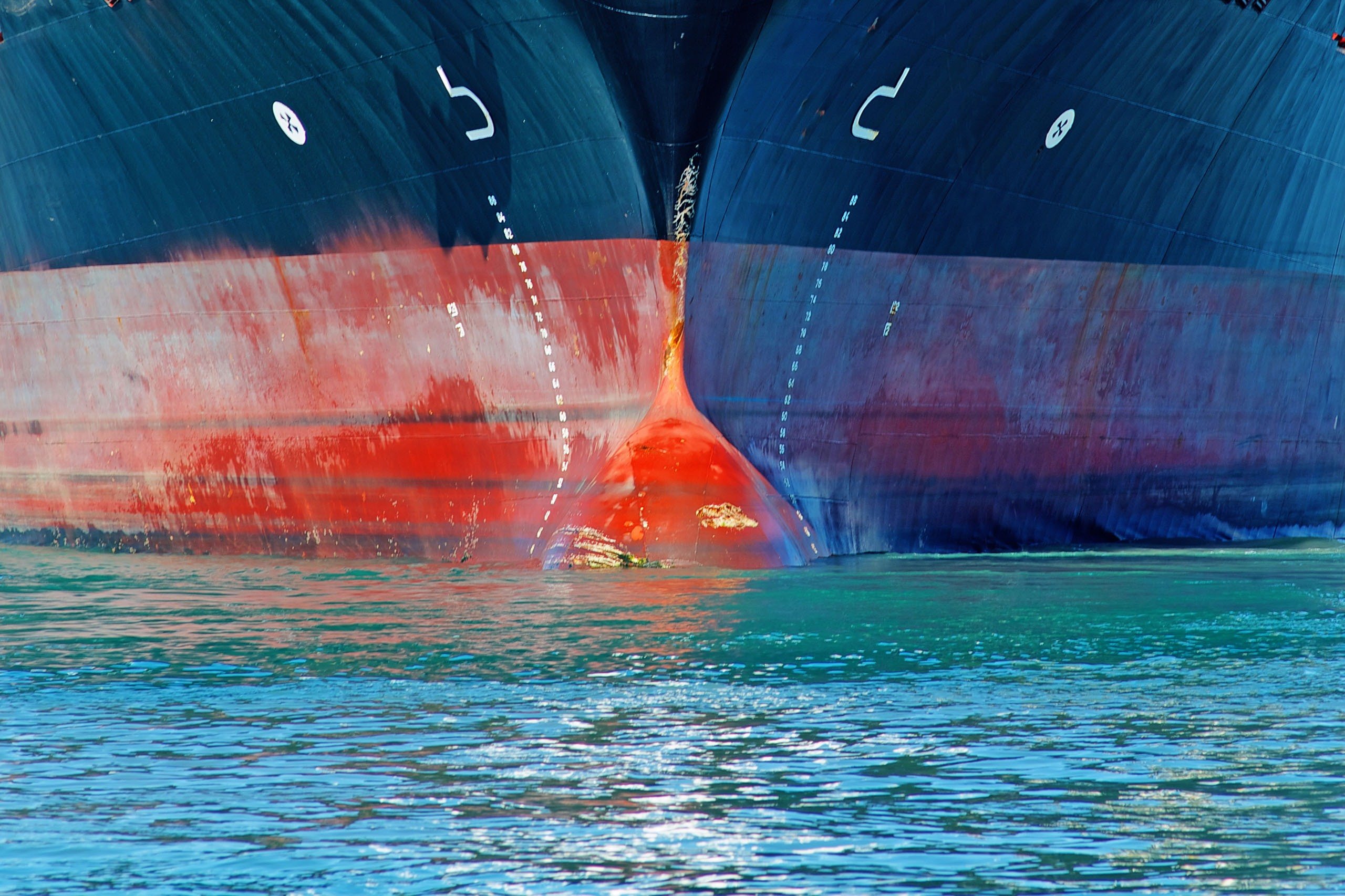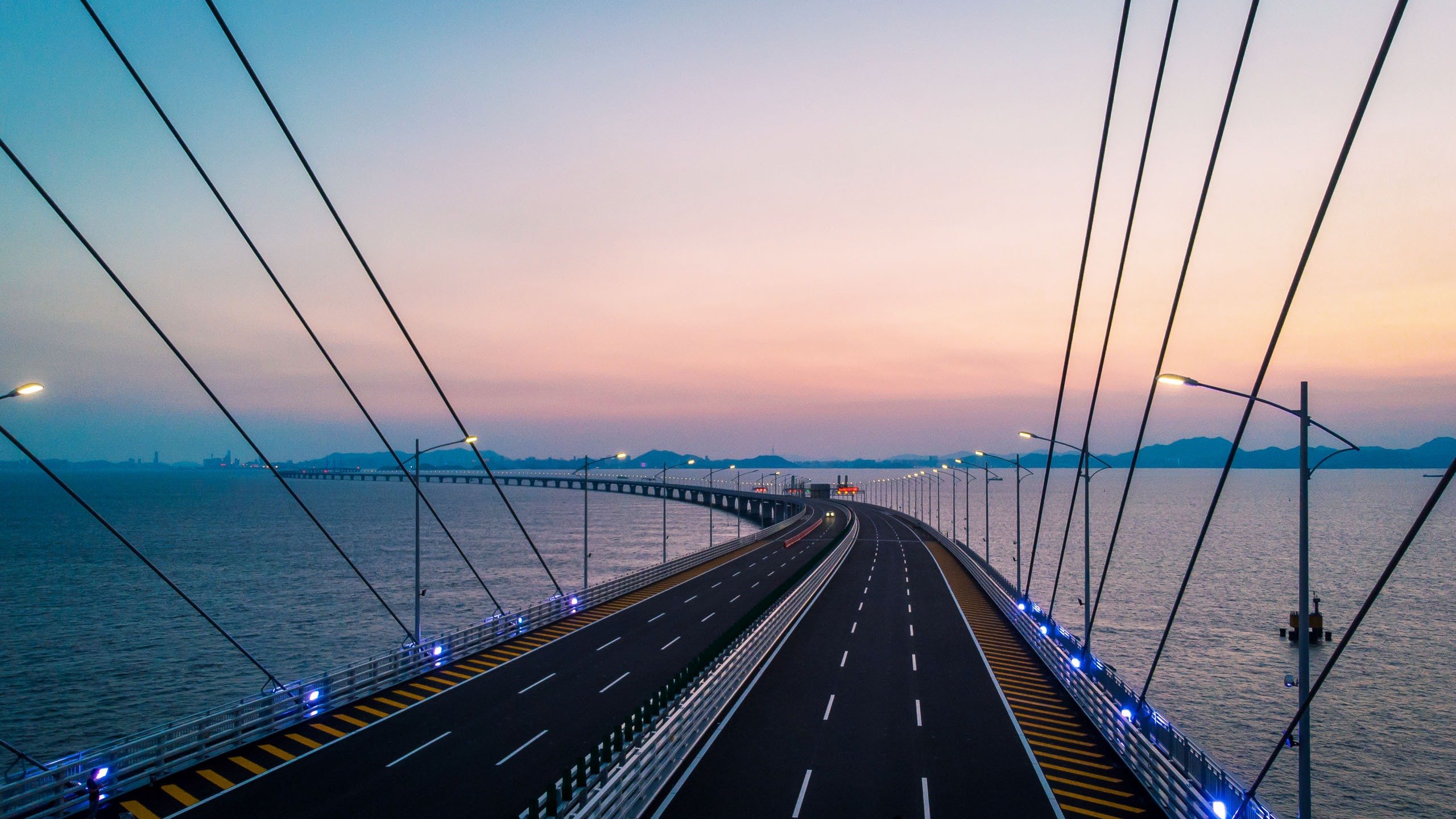
Introduction
We are living in a digital age where information can be transmitted instantaneously and yet progress towards a fully digitalised international trade remains slow. No real technical obstacle remains to prevent international trade from making the leap towards full digitalisation. However, a few legal obstacles remain to be resolved.
In September 2020, the Department for Digital, Culture, Media and Sport ("DCMS") asked the Law Commission to make recommendations to solve the problems created by the law's approach to the possession and transfer of electronic documents. DCMS also asked the Law Commission to prepare draft legislation to implement its recommendations. This request resulted in the Electronic Trade Documents Bill (“the Bill”) being introduced into Parliament on 12 October 2022.
At the time of writing, the Bill which started its passage in the House of Lords has completed its first reading in the House of Commons, and there is a likelihood that it will shortly be enacted into law. The UK Club therefore thinks this is a timely moment to provide a briefing to Members on this highly anticipated piece of legislation. Once enacted, the new Act will enter into force two months thereafter.
In preparing this briefing, the Club has drawn freely from the Law Commission’s report to Parliament (“the report”). The latest version of the Bill[1] is available here.
The possession and transfer problems
Firstly, what are trade documents? Trade documents is a generic term used to encompass the documents which need to be generated during trade transactions. The parties involved in an international trade include cargo interests, carriers, insurers, banks, government agencies, terminals and customs authorities. Many different trade documents are generated and transferred between these parties during trade transactions.
Amongst these documents is a sub-set of documents which are dependent on possession for their operation. With these documents, the right to claim performance of the obligation recorded in the document, such as the right to goods or the right to payment, resides in the document, and is transferred with the transfer of the document.
Following a review of the case law relating to possession, the Law Commission summed up the issue with electronic trade documents as follows; “currently, under the common law, in order to be possessed, something must be deemed to be a thing in possession; and in order to be a thing in possession, something must be tangible.” As electronic forms of trade documentation are not tangible, they are not “possessable”[2]. As such, under English law, they cannot be used in the same way as their paper equivalents to enforce the right to delivery of goods or to payments of sums of money.
How will the Act work?
The Law Commission initially considered recommending that the reforms in the law should apply to a defined list of documents. Following consultation, the suggestion of a non-exhaustive list of documents to “future-proof” the statute was adopted instead. The recommended reforms are aimed only at documents which rely on possession in order to fulfil their legal and commercial functions as the Law Commission wanted to avoid a situation where documents which can already be used in electronic form would become subject to the additional burdens under the new law.
Section 1(2) of the Bill therefore lists the following examples of paper trade documents which are commonly used in the United Kingdom:
- a bill of exchange;
- a promissory note;
- a bill of lading;
- a ship’s delivery order;
- a warehouse receipt;
- a mate’s receipt;
- a marine insurance policy;
- a cargo insurance certificate
Documents commonly used which are already routinely digitalised such as sea waybills, air waybills, customs documents or certificates of origin, quantity or quality are not included in the list.
In explaining what it aimed to achieve in the Bill, the Law Commission referred to UNCITRAL’s MLETR[3], specifically to articles 7 and 11 therein. Article 7 of the MLETR provides that, “An electronic transferable record shall not be denied legal effect, validity or enforceability on the sole ground that it is in electronic form” and Article 11 equates possession of an electronic transferable record to having “exclusive control”.
The Law Commission decided that rather than relying on the concept of “control”, it would be both clearer and more direct to extend the application of the concept of possession itself to the electronic trade document. This can be done by Parliament enacting a law to provide that electronic transactions and documents can be functionally equivalent to paper versions. This will allow electronic trade documents to similarly benefit from the existing law on possession, avoiding the need for separate legal regimes or any difference in legal treatment of a paper and an electronic trade document. The Law Commission foresees the continuing use of paper documents alongside electronic documents and takes the view that the medium of the document should not affect its legal treatment.
Least interventionist approach
One of the main principles underpinning the Law Commission’s recommendations is the importance of a restrained, least interventionist approach to law reform. What will be created will be a facilitative, rather than mandatory, regime. The industry will continue to operate in accordance with the same rules and practices, but with the added option to use electronic trade documents. It is nevertheless important to note that where the trade document (such as a bill of lading) qualifies as an electronic trade document under the Bill, the provisions of the Bill will apply to it. Parties cannot contract out of the provisions of the Bill where the provisions would otherwise apply[4].
A reliable system
A requirement for an electronic trade document under the Bill is that the same should have been issued using a reliable system; “Section 2(2):The information, together with any other information with which it is logically associated that is also in electronic form, constitutes an “electronic trade document” for the purposes of this Act if a reliable system is used to — ..”
While some consultees expressed concern that the Bill did not outline the requirements for an electronic trade document system, the Law Commission took the view that accreditation for such systems is better dealt with by industry standards. It pointed to several such emerging industry standards including the Digital Container Shipping Association (DCSA)’s standards for an e-bill of lading, the ICC’s Digital Standards initiative (DSI) to establish standards to govern cross-border trade and to the Future International Trade (“FIT”) Alliance which aims to bring together its members’ sets of standards to create a single universal set of rules for the digitalisation of international trade. The Law Commission therefore merely provided a non-exhaustive list of factors that courts may take into account when assessing the reliability of a particular system in section 2(5) of the Bill.
Aren’t the current electronic bill of lading platforms already enabling digital trades?
At the time of writing, the International Group of P&I Clubs has approved nine blockchain and other technology based e-documents platforms[5] whose electronic bills of lading (“eBLs”) would be considered equivalent to paper bills of lading for the purpose of P&I cover. So, yes, these eBL platforms are enabling digital trades by providing a workaround the possession problem, but the trades they are enabling are quite restrictive.
The functionality of all these platforms is dependent upon their users agreeing to multipartite contractual frameworks, which provide that transferring a trade document in electronic form will put the transferee in a similar position to that of the holder of a paper trade document. The concepts of novation and attornment may be required[6], with the transferee receiving rights which are broadly equivalent to the rights obtained from the physical possession of the trade document.
These contractual frameworks are however only binding on those parties who have agreed to the arrangement. Parties to these contracts have (personal) rights only against those persons who have also agreed to the same system provider’s terms and conditions, and what rights they have will depend and be limited by the terms of the agreement entered into. In contrast, the Bill intends to give the holder of the electronic trade document rights which are enforceable against the whole world.
The different eBL platforms also have difficulties connecting with one another and with existing systems of banks and other parties in the trade and transport industries. Improved interoperability is essential in order to attract significantly more users to their platforms. The legal validity of these eBLs has also yet to be tested in court and some hesitancy remains in embracing their use. In 2021, DCSA estimated that 16 million original bills of lading were issued by ocean carriers out of which only 1.2% was electronic[7].
Once the law provides that an electronic trade document has the same effect as an equivalent paper trade document, parties will no longer need to contractually agree this point. It may be that we will then see a demise of the eBL system providers’ multipartite contracts. However, these providers are also providing their customers with a host of other paperless trade solutions and will no doubt continue to do so. The Bill requires that electronic trade documents are generated by reliable systems which can enable secure transfers of the documents. These e-BL system providers are well positioned to take advantage of the increase in demand for digitalised trade documentation once the Bill becomes law.
Conclusion
Our current paper based international trade is clearly not sustainable. Too many trees are cut down to make paper and too much pollution is generated printing off and couriering the paper documents everywhere. The recent COVID pandemic also demonstrated how vulnerable to collapse our paper based trade system is. The transition to a digitalised international trade will, in addition to solving the above issues, also increase transparency and security, and reduce the time to complete trade transactions, thus reducing the need for letters of indemnity[8].
However, international trade is by definition a trade between countries. It therefore follows that a fully digitalised international trade can only become a reality if other jurisdictions which are also affected by the possession and transfer issues enact similar legislations to recognise electronic trade documents as having equivalent effect as paper trade documents. Several jurisdictions have already done so and it is hoped that many more will soon follow suit.
The Club will provide a further update when the Bill is enacted. In the meantime, if Members have any questions on the above briefing, please do not hesitate to reach out to your usual contact at the UK P&I Club who will be pleased to assist you.
----
[1] As brought to the House of Commons from the House of Lords on 23 March 2023.
[2] Capable of being possessed
[3] The MLETR, adopted by UNCITRAL on 13 July 2017 is an international initiative aimed specifically at enabling the legal use of electronic transferable records domestically and across borders. As of 1 February this year, seven jurisdictions have fully adopted MLETR (Bahrain, Belize, Kiribati, Paraguay, Papua New Guinea, Singapore, the Abu Dhabi Global Market (ADGM)) while several others have adopted some MLTRE provisions. UNCITRAL Model Law on Electronic Transferable Records (2017) | United Nations Commission On International Trade Law.
[4] Chapter 2, para 2.18 of the report
[5] EssDOCS, Bolero International Ltd, E-Title Authority Pte Ltd, Global Share S.A. (edoxOnline platform), WAVE (WAVE Application), CargoX, TradeLens (TradeLens eBL), IQAX Limited (IQAX eBL), and Secro Inc. (Secro)
[6] Please see the Club’s publication Electronic Bills of Lading May 2017 for an explanation of how these multi-partite agreements rely on the concepts of ‘novation’ and ‘attornment’.





